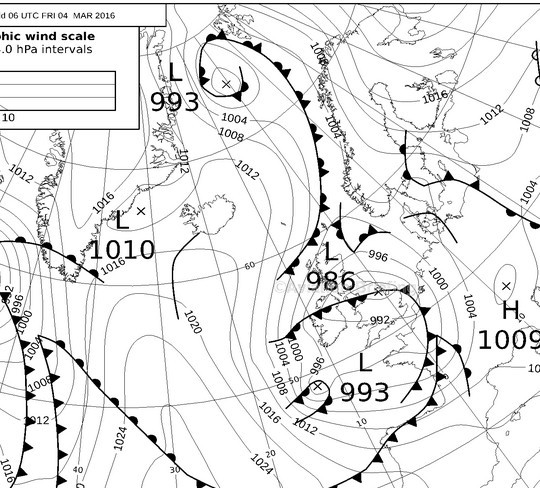I didn’t quite follow the exchange on inertial separators, but SOP on the PT6 is to have the inertial separator open for ground ops, low altitude (bird strike risk) and in IMC, presumably to avoid ingestion into the compressors of droplets/SCLDs.
One related question to more experienced pilots here who also ask more questions than POHs can answer:
our known-icing certified P210N has an aftermarket Riley intercooler. With its installation, the automatic alternate air door was removed. Allegedly, the STC owner convinced / demonstrated to FAA that the modified location of the air inlet eliminated any risk of icing. Can anybody confirm or challenge this statement please?
By the way – to answer the original question in this thread – if I had the manual alternate door and could afford it power-wise, I would probably open it in icing conditions – not so much as a preventive measure (can always open when actual icing ocurs) but to reduce future workload, because opening of the door will also infolve fiddling with the engine setting, right?).
Stephan_Schwab wrote:
That door is well inside the cowling close to the engine and other pieces that will be quite warm.
When I was a conscript a long time ago, stationed in Northern Norway in the beginning of October, one weekend some fellow soldiers and I decided to go for a day’s hike. We set out in the morning, and after a few hours of walking we decided it was time for lunch. We gathered a bunch of dry wood and made a fire.There was no wind and we were in between trees. Still, it was kind of chilly so we sat very close to that fire and could not understand why it did not seem to make any heat.
When we got back to the garrison our attention was drawn to the thermometer that showed some -30℃
In other words I am not convinced that the induction air will always be heated to above freezing even if it passes in immediate vicinity of hot engine parts at 200 kts.
They just hold the door in place until the force to open it is greater than what they can hold. I was shown it a little while ago. Seems simple.
What closes the door afterwards?
Peter are you saying that water droplets are immune to physics?
Yes – they can be really clever.
Peter are you saying that water droplets are immune to physics?
They just hold the door in place until the force to open it is greater than what they can hold. I was shown it a little while ago. Seems simple.
How do the magnets work?
No springs at all. There are magnets.
For the nasties one has onboard sat WX :-)
If you look at the MSLP chart

there might be nasties in that wx, so flying in IMC might get pretty exciting.
Re inertial separators, they work only for big things, not for tiny water droplets.
Re the alt air door in the Cirrus, isn’t it just spring loaded, opening automatically when the pressure across it reaches some value (as in when the air filter gets blocked)?